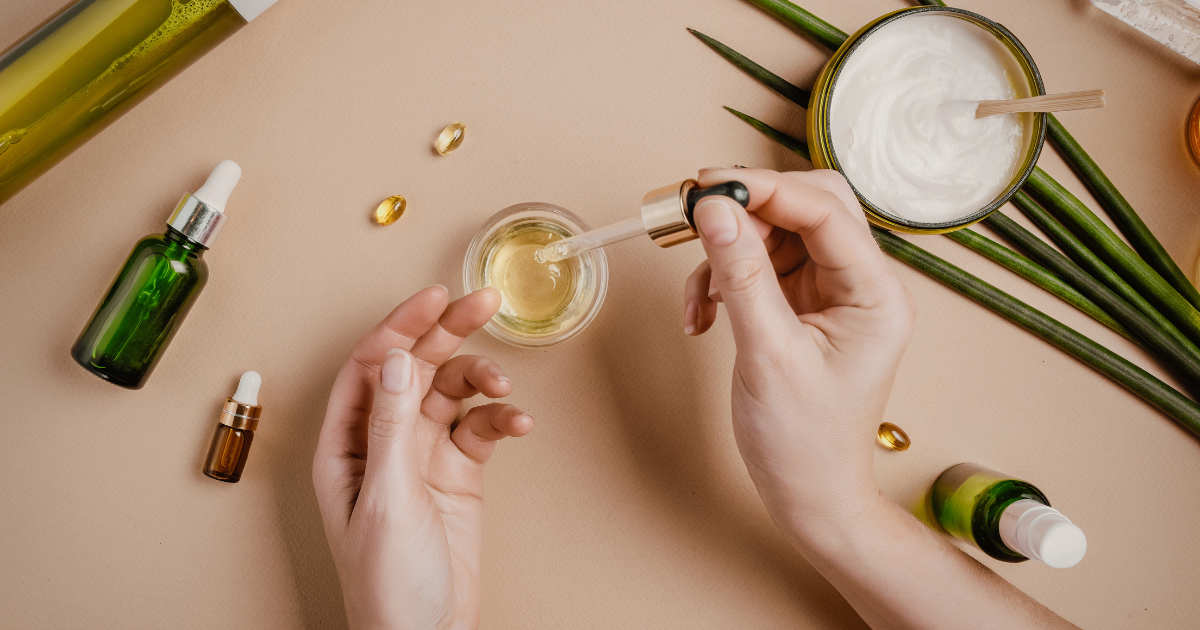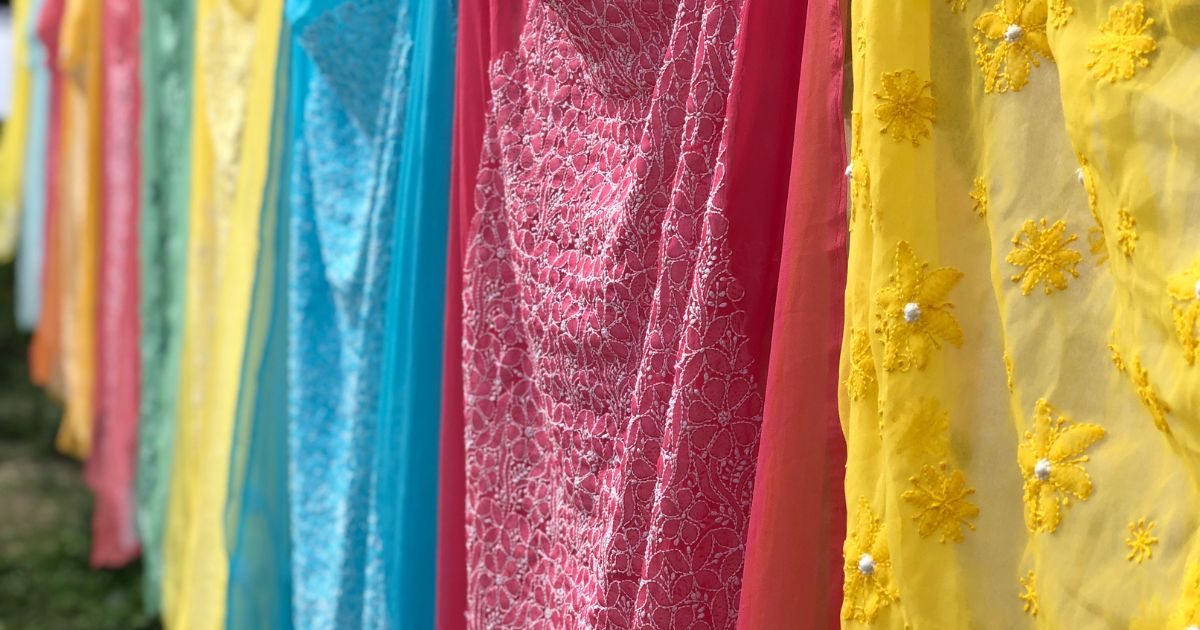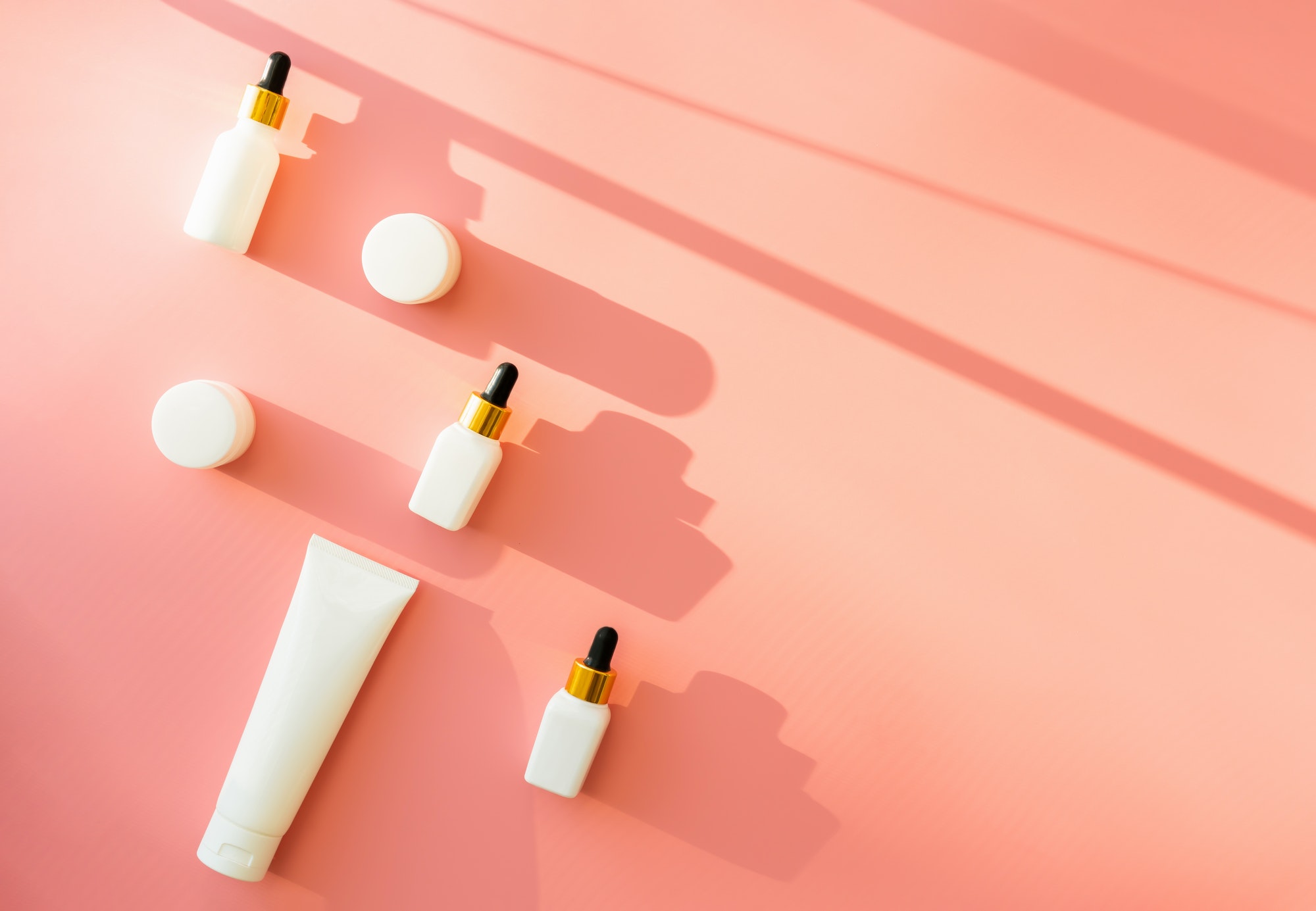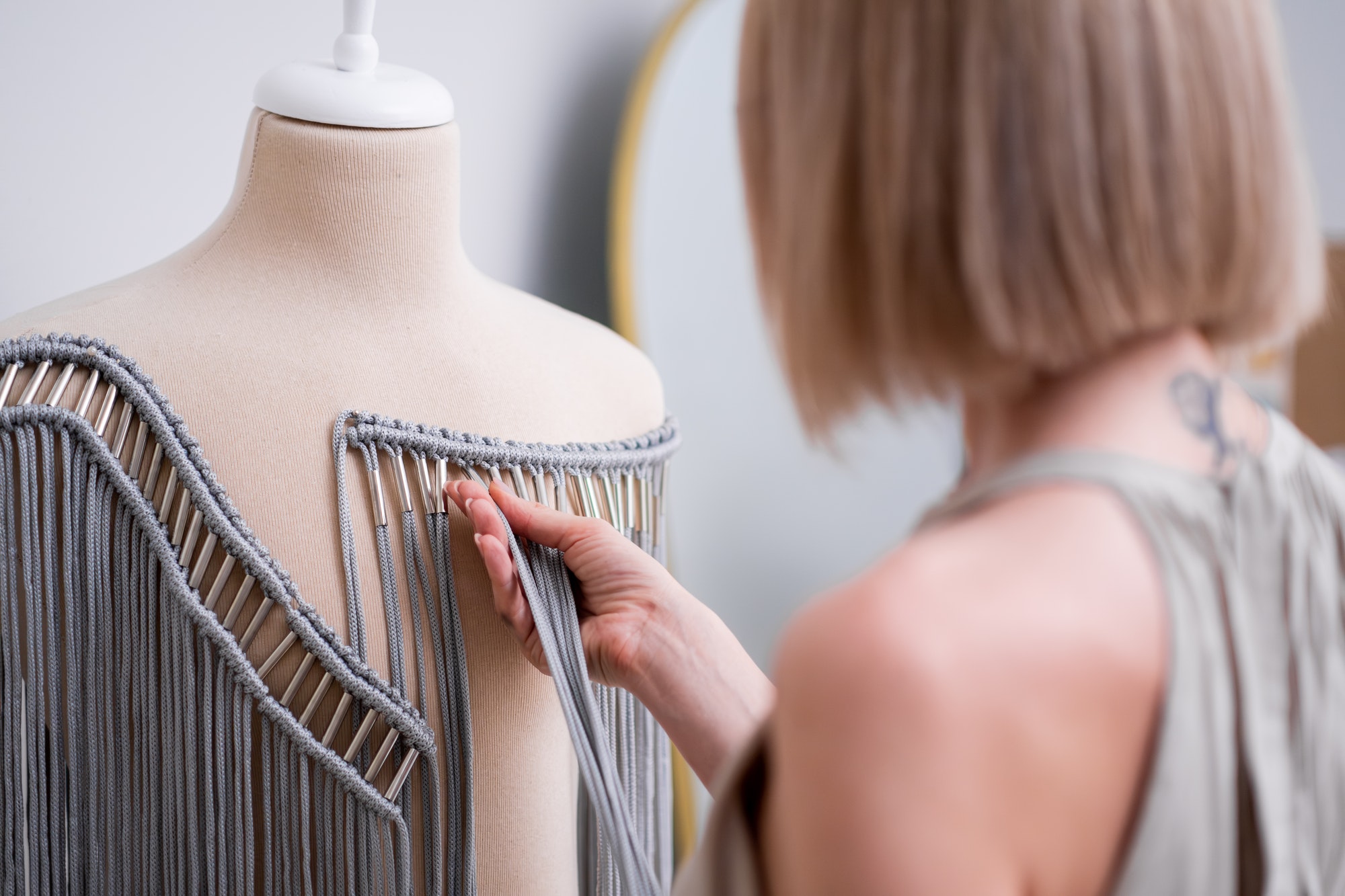“Fashion is not something that exists in dress only. Fashion is in the sky, in the street; fashion has to do with ideas, the way we live, and what is happening.” — Coco Chanel
When it comes to fashion, cosmetics play a significant role, and, on the other hand, the cosmetics industry and the fashion industry are closely connected. Both industries focus on enhancing people’s appearance and promoting beauty and style. Cosmetic industry products are used by individuals to create a specific look or to complement their fashion choices.
The Drugs and Cosmetics Act of 1940 defines cosmetics as “any articles intended to be rubbed, poured, sprinkled, or sprayed on, or introduced into, or otherwise applied to, the human body or any part thereof for cleansing, beautifying, promoting attractiveness, or altering the appearance.” This definition is broad enough to include shampoos, soaps, cleansers, toners, moisturizers, conditioners, and more, in addition to makeup.
The cosmetics industry invests a significant amount of money and time in research, development, and product formulation. For this reason, the significance of intellectual property (IP) laws becomes evident. Intellectual property includes
- Copyright (protecting creative works),
- Patent (protecting innovation)
- Trademark (protecting brand names).
In the cosmetic industry, IP rights cover patent registration, trademark registration, manufacturing techniques, and trade secrets, which include formulation and production techniques. Research and Development (R&D), innovation, technology transfer, patent protection, establishing quality systems, branding, and benchmarking are essential factors that must be considered for the sustainability of the cosmetics sector.
Areas of IP Protection for Cosmetic Formulation and Designs:
-
Patent (The Patent Act, 1970)
A patent is an exclusive right granted to inventors by the state to prohibit others from utilizing, creating, and selling an invention for a specific period. It establishes a monopoly right over an invention. The primary objective of enacting patent law is to encourage inventors to make significant contributions to their field by granting them exclusive rights to their inventions.
Section 2(1)(j) of the Indian Patent Act of 1970 defines an invention as: “invention means a new product or process involving an inventive step capable of industrial application.” In the case of a patent related to a product, the grant provides an exclusive right to prevent unauthorized persons from making, using, offering for sale, selling, or importing the product in India. In the case of a patent related to a process, the patentee receives an exclusive right to prevent authorized persons from using the process and offering for sale, selling, or importing for those purposes the product obtained directly from the process in India.
Types of Patents:
The Patent Act recognizes three types of patents:
Utility Patent: The utility patent is one of the most common types of patents in India. It covers any innovation or inventions in a product, process, or machine that are novel and useful to humankind in general.
Design Patent: The design patent protects the “surface ornamentation” of the object, including details such as the shape and configuration of the object invented or enhanced. To be eligible for a design patent, one must ensure that the product’s design is inseparable from the object, and the object and design should be in accord. It is pertinent to mention that the concept of design patents is a US concept and not permitted in India.
Plant Patent: The third type of patent protection is plant patent, granted in the US but not in India. In India, the Protection of Plant Varieties and Farmers’ Rights Act of 2001 serves equivalent purposes and is adjusted to serve India.
Patentability Criteria:
Every invention must pass various tests and fall under the category of an invention that can be patented in India. The three main tests are novelty, non-obviousness, and utility.
Novelty or Newness: The invention must be new and not similar to any other inventions or existing products. There must be no prior publication, and it must not fall into the public domain. In the case of Gopal Glass Works Ltd. v. Assistant Controller of Patents, it was established that for an invention to be patented, it must be new and original. Novelty itself is not a complete criterion; the product or invention must be sufficiently original as well.
Non-Obviousness or Inventive Step: Section 2(1)(j) of the Indian Patents Act of 1970 makes it clear that the invention must have an inventive step and must not be known to any skilled person in that particular area.
Usefulness or Utility: An invention must be useful and have an industrial application besides being new and non-obvious. In Cipla Ltd v. F. Hoffmann-La Roche Ltd., the court observed that, according to the definitions of ‘invention’ and ‘capable of industrial application’ under the Act, an invention must have commercial use so that it can be utilized in industries.
Cosmetics and Patents:
Cosmetics constitute a significant industry that encompasses a wide range of products, beyond what most people typically associate with “cosmetics,” such as makeup and beauty items. This industry combines various known ingredients to create new compounds. To obtain a patent, the inventor must publicly disclose many details about the invention in the application.
Requirements to Patent Cosmetics:
- The cosmetic must contain patentable subject matter.
- The cosmetic must be novel.
- The cosmetic must be non-obvious.
- The cosmetics must be useful.
Patents provide strong protection against copycats, which is a major issue faced by patent owners. Counterfeiting, where dupe products replicate popular or cult beauty items at a fraction of the price, is a significant concern in the beauty industry. Social media has further increased the market for counterfeiting products. Counterfeiters often develop products by copying the ingredients listed on labels or through reverse engineering. In the case of L’oreal v. Brandworld & Anr., L’oreal products were found to be counterfeit through the e-commerce platform, ShopClues. ShopClues was denied intermediary protection as the court observed that since ShopClues guaranteed that all the products sold through its website were “100% genuine” and added a separate category to report replicas on its website, it did not qualify for the exemption of being an intermediary.
Patent Infringement:
When an unauthorized party sells, imports, uses, or makes a product that someone else holds the patent on without permission, patent infringement has occurred. In other words, if someone creates a product or process that is identical or substantially similar to what is described in the claims of an existing patent, they may be infringing on that patent.
Remedies for Patent Infringement are provided in section 108 of the Patent Act of 1970 and include injunctions, damages, seizures, forfeiture, and destruction.
2. Trade Secret:
A trade secret, as the name suggests, is a secret of any trade or business known to a limited group of persons and has commercial value. The essentials of a trade secret are:
- It should have commercial value, as it is a secret.
- It should not be in the public domain; only a limited number of persons should know about it.
- The owner has the responsibility to keep it secret.
Trade secrets can include formulas, recipes, processes, software codes, customer lists, supply channels, financial information, and more. Examples of trade secrets include Coca-Cola, KFC’s chicken recipe, Google’s algorithm, Nestle’s Maggi Masala, and many others. In India, there is no specific law enacted for the protection of trade secrets and confidential information, and protection is based on equity and common law.
In the case of Tata Motors Limited & Anr v. State of Bengal, the High Court of Kolkata relied on the definition of the term ‘trade secret’ in Black’s Law Dictionary and observed that a trade secret is a formula, process, device, or other business information that is kept confidential to maintain an advantage over competitors. This information includes formulas, patterns, compilations, programs, devices, methods, techniques, or processes.
In the 2021 Olaplex v. L’Oreal USA case, Olaplex filed a lawsuit against L’Oreal, alleging misappropriation of Olaplex’s trade secret, including “using maleic acid during bleaching,” after L’Oreal launched a competing product. The U.S. Court of Appeals for the Federal Circuit found that the use of maleic acid during bleaching did not constitute a trade secret because the information was readily ascertainable through other sources at the time of the alleged misappropriation.
3. Design (Design Act, 2000):
The Design Act of 2000 aims at promoting innovative activity in the field of industries and serves its purpose well in the rapid changes in technology and international developments. The classification of designs is provided in various classes consisting of classes 1 to 31, and an additional class, 99, was added to include articles not falling under the previously mentioned classes. Class 28 provides protection for pharmaceutical and cosmetic products, toilet articles, and apparatus.
It is the sole responsibility of the proprietor to ensure that others do not infringe upon their design. The proprietor must file a suit of infringement against the infringer. The typical remedies awarded in such cases are injunctions and damages. The term of design registration initially lasts for ten years, with possible renewal for an additional five years.
Essentials for Design Protection:
- A design should be original or new.
- A design should not have been previously disclosed to the public.
- A design should be significantly distinguishable from other known designs or a combination of known designs.
The cosmetics industry, with its numerous industrial players, often faces disputes, making design protection essential. An industrial design may consist of three-dimensional features, such as the shape of an article, or two-dimensional features such as patterns, lines, or colors.
Case laws:
In Gammeter v. Controller of patents, the court explained that the design necessarily is not required to be created newly, but can also be on an old design in a unique way as long as the use of such new design on an already existing product is not already discovered.
In Steel bird Hi- tech India Ltd v. SPS Gambhir case, the court clearly demonstrated that the design is required to be new or original as it is a product of the intellectual outcome of a person. The court also stated that the design should never be in existence before such a person has expressed such design in tangible or physical form.
In Good Earth v. Krishna Mehta, the company Good Earth sued India circus for passing off some of the designs of the company Good Earth. The company India Circus took defense that the designs used is not new or novel. The court decided in this case that even the designs that are old and are applied to new article should protect. The court interpreted the term “original”, which includes designs that are old but are unique in its applications.
The court also held that if both the Designs are registered in a case, then the court should take a different approach by giving priority to the time period of usage and similarity of appeal, which be the suitable method to examine design infringement.

















